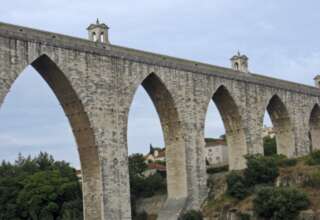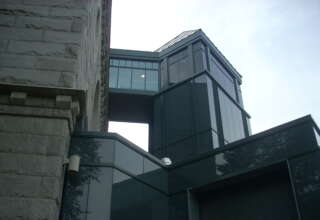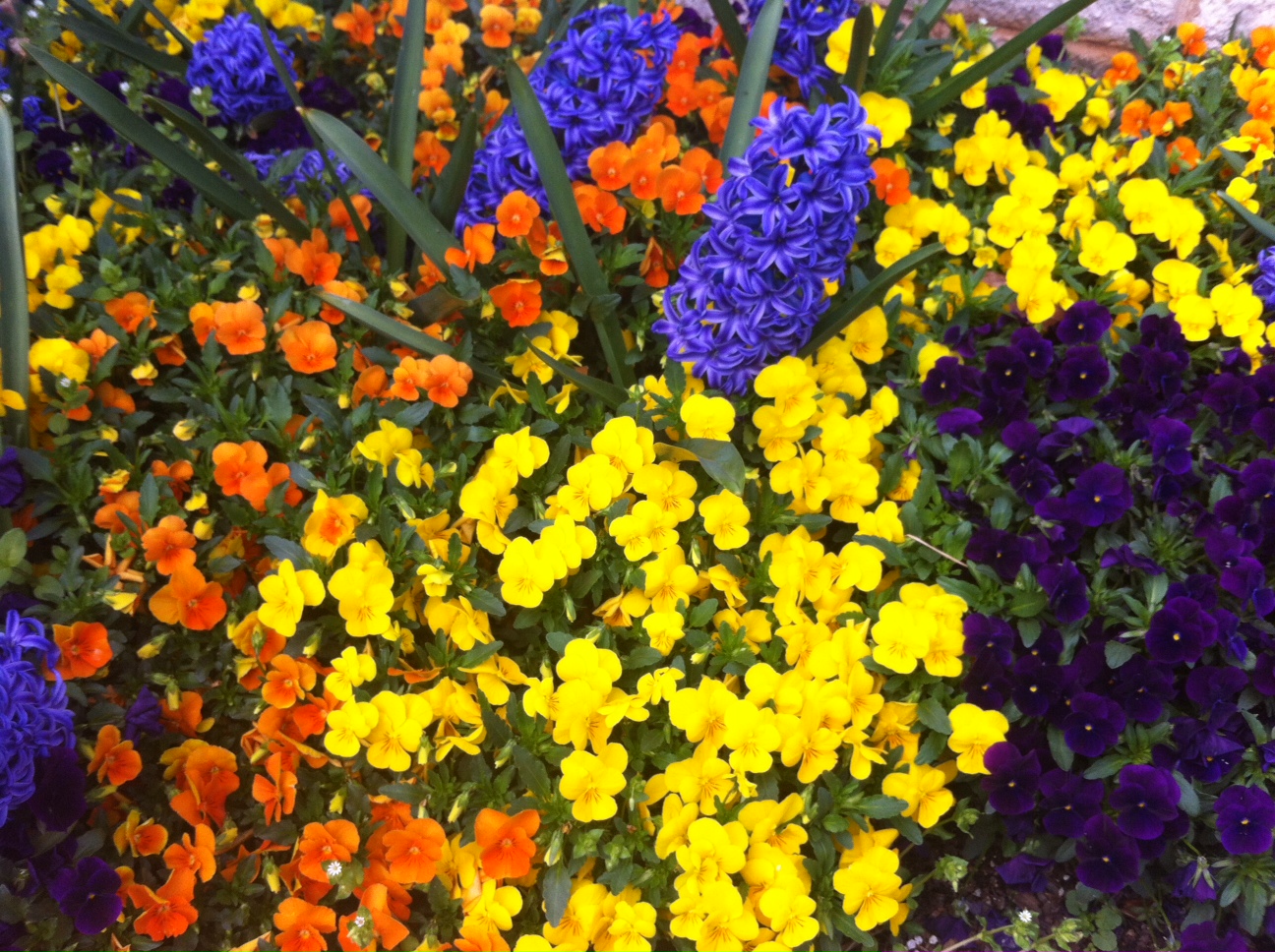
These communities were also home to saloons (hence the discussions at the town hall meetings about “morals” They were also the setting for weekly church services and perhaps a small-town doctor or lawyer. There might even be a once-a-year visit by a travelling carnival or circus. These visiting sources of entertainment were often accompanied by the yearly “county fair” where local resources (ranging from cherry pies to prized livestock) were displayed and compared (with “blue ribbons” being awarded to the best in class). Local entertainment could be provided at a make-shift theater. Nothing was very “fancy” and everything was “moral and upright” (except perhaps for a scantily dressed lady riding one of the circus ponies).
Small Towns/Close Neighborhoods
As we enter the late 19th Century and early 20th Century, we find growth in size and complexity of the small American town. Farmers and ranchers—as well as those who were fishing, cutting timber or engaged in mining—were “coming to town” on the weekends or (as single men) after receiving sages from their labor. The small towns were now formally established with populations of at least 500-1,000 residents. There were now formal “main streets” that featured not just a saloon and general hardware store, but also clothing (haberdashery) stores, a local bank, a barber shop and perhaps even a small hotel and public library. With the main street well established, there was now a location for special gatherings such as 4th of July and Thanksgiving parades. Parks were created that contained gazebos for performances by local entertainers. Outside of town there would be playing fields where local teams competed with one another—usually community baseball leagues.
Schools were created at the elementary level and eventually at the secondary level. Along with these schools came athletics, with high school boys becoming early-life heroes as swift halfbacks, sturdy linemen or tall (at least 6 foot in height) forwards playing competitive games of football or basketball. The “whole town” would come out to these games—whether it be on a cool Friday evening in the Fall (football) or frosty Saturday afternoon in the Winter (basketball).
Along with the schools that brought together young people came formal institutions that brought adults together. These might be a community theater where early (initially silent) movies were shown or where vaudeville teams performed. We also find the formation of special interest groups—ranging from “sporting” clubs (hunting and fishing) to “game” clubs (Chess, Bridge, Pinnacle, etc.). There were the fraternal organizations that De Tocqueville noted even in the early 19th Century as central ingredients in American democracies.
Local societies (often with national affiliation) were named after animals (Elks, Moose, Eagles, etc.) or mythic orders (Pythias, Maccabees, Templar, etc.). They provided entertainment, libations (sometimes illegal) and simply a setting for informal interactions. They also provided a setting for the celebration of shared values and beliefs. Unfortunately, in many instances, they also reinforced existing prejudices and biases—even occasional violence. The Knights of Columbus (Catholic) were pitted against the Free Masons (Protestant), while the Ku Klux Clan was pitted against virtually everyone who was not White, Protestant and not a recent immigrant.
We also find that important interpersonal dynamics are being created in neighborhoods that are located in the expanding small towns. Homes were built with front porches so that neighbors could communicate with one another as they strolled down the street (or sidewalk). Parlors were also set aside in homes so that neighbors could be invited inside for some refreshments and conversation. Instead of sewing circles and quilting bees there were Saturday afternoon “chats” accompanied by a glass of lemonade or a piece of pound cake. There were also the informal gatherings associated with two or three couples playing Poker, a game of Bridge or (later) a game of Canasta. These gatherings afforded the participating couples not only the opportunity for some “gentle” competition but also the opportunity for sharing of stories about family matters and perhaps a morsel of neighborhood gossip. Soft kidding could intermix with the sharing of hopes, fears and empathetic expressions of concern—prime ingredients in forming a neighborly culture of care.








